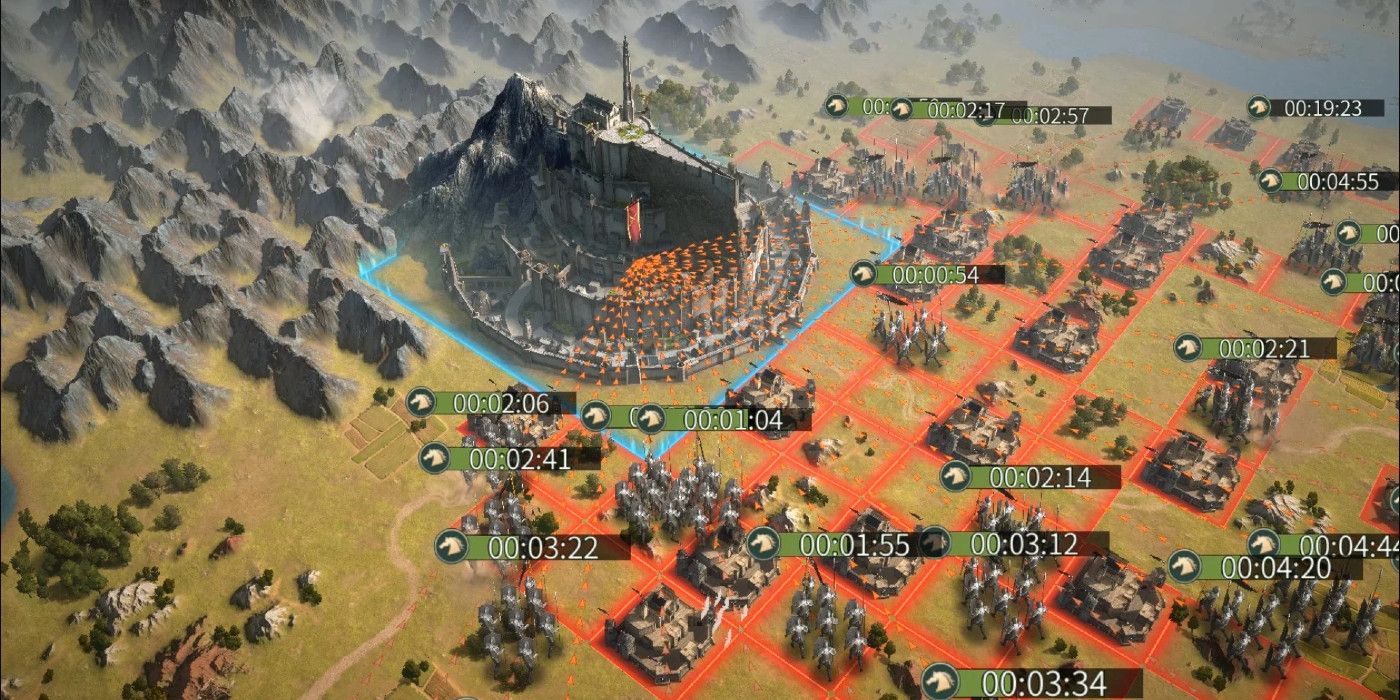


and they cannot accommodate the entire force. The small boats do not arrive until 1:30 a.m. on May 9, the men are ready to cross the lake from what is now Vermont to Ticonderoga. Ultimately, their force includes about 100 of Ethan Allen’s Green Mountain Boys and 50 other men recruited throughout Connecticut and Massachusetts.īy 11:30 p.m. He and Allen come to an agreement about sharing command, despite the objections of some of Allen’s men. Arnold feels that he should lead the expedition based on his formal authorization to act from the Massachusetts government. Arnold is warned that although Allen has no official sanction for his planned attack, his loyal men are unlikely to take orders from anyone else. But Arnold soon learns that Ethan Allen and the Green Mountain Boys are already on their way north toward Ticonderoga with the same intention. Patriot Benedict Arnold persuades the Massachusetts provisional government to give him a commission to command a secret mission to capture the fort. In 1775, Fort Ticonderoga is garrisoned by a small detachment of about 50 men and has fallen into disrepair, but its value-both for its location and the arms it houses-is well known. Mounted on Dorchester Heights, the guns from Ticonderoga compelled the British to evacuate the city of Boston in March of 1776. Knox organized the transfer of the heavy guns over frozen rivers and the snow-covered Berkshire Mountains of western Massachusetts.

Months later, George Washington, commander of the Continental Army, sent one of his officers, Colonel Henry Knox, to gather the artillery left at Ticonderoga and bring it to Boston. The most famous of these occurred on May 10, 1775, when Ethan Allen and his band of Green Mountain Boys, accompanied by Benedict Arnold, who held a commission from Massachusetts, silently rowed across Lake Champlain from present-day Vermont and stormed the fort in a swift, late-night sneak attack. The fort was finally captured by the British in 1759.ĭuring the American War for Independence, several engagements were fought at the five-pointed star-shaped Fort Ticonderoga. The British attacked Montcalm’s French troops outside Fort Carillon on July 8, 1758, and the resulting battle was one of the largest of the war, and the bloodiest battle fought in North America until the Civil War. Begun by the French as Fort Carillon in 1755, it was the launching point for the Marquis de Montcalm’s famous siege of Fort William Henry in 1757. This made it a critical battlefield of the French and Indian War. Located at the confluence of Lake Champlain and Lake George, Fort Ticonderoga controlled access north and south between Albany and Montreal. Arnold took command of Ticonderoga until he was relieved in June 1775. Ethan Allen and his Green Mountain Boys, together with Benedict Arnold, surprised and overtook a small British garrison at the fort, acquiring valuable weapons for the Continental Army. It secured the strategic passageway north to Canada and netted the patriots an important cache of artillery. The capture of Fort Ticonderoga was the first offensive victory for American forces in the Revolutionary War. Saved Land Browse Interactive Map View active campaigns.Help Tell African American Stories of Valor.Help Enrich Battle Understanding Through Archaeology.Protect 239 Acres at Todd’s Tavern & Globe Tavern in Virginia.Virtual Tours View All See Antietam now!.National Teacher Institute July 21 - 24, 2022 Learn More.USS Constitution In 4 Minutes Watch Video.Liberty Trail Explore the Southern Campaigns Learn more.African Americans During the Revolutionary War.The First American President: Setting the Precedent.


 0 kommentar(er)
0 kommentar(er)
